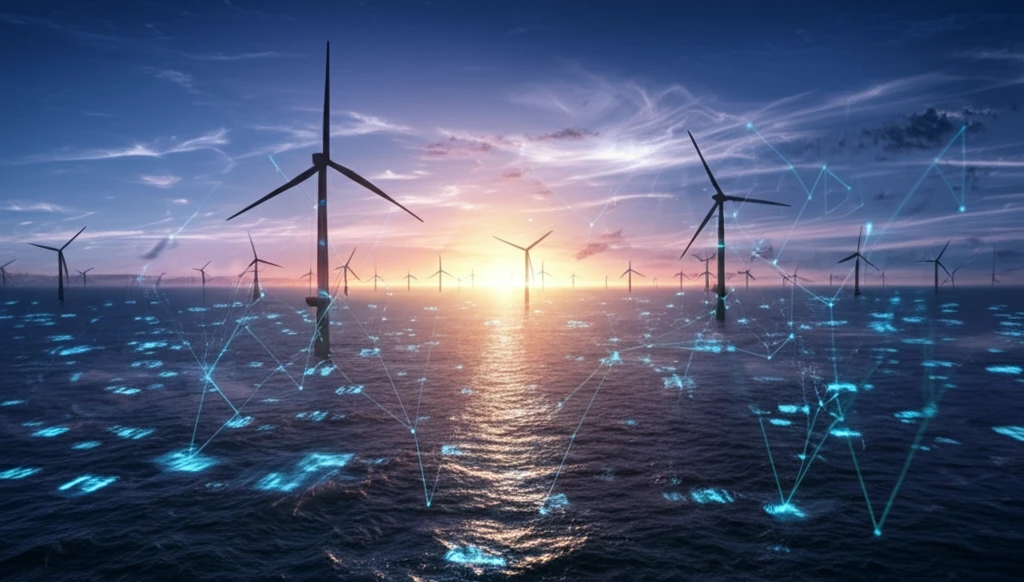
Offshore Wind Farms: Which Configuration Maximizes Efficiency?
"A Deep Dive into the Future of Renewable Energy"
Offshore wind energy is rapidly becoming a key player in the global push for renewable energy. Unlike their onshore counterparts, offshore wind farms face unique challenges and opportunities. The primary hurdle is the high cost associated with building and maintaining these facilities in marine environments, particularly the bulky and expensive offshore substations required.
To combat these economic challenges, engineers and researchers are constantly exploring and proposing various configurations for offshore wind farms. These designs aim to reduce costs, increase efficiency, and improve the overall reliability of these vital energy sources. From the way turbines are connected to the type of transmission systems used, every detail matters.
This article dives into the world of offshore wind farm configurations, examining the different approaches being considered and implemented in the industry. We’ll explore the pros and cons of each design, highlighting the factors that determine their suitability for different environments and project scales. Understanding these configurations is crucial for anyone interested in the future of renewable energy and the ongoing effort to create a more sustainable world.
Why Configuration Matters: Cost, Efficiency, and Reliability

The configuration of a wind farm directly impacts its cost, efficiency, reliability, and overall performance. A well-designed configuration can minimize energy losses, reduce maintenance needs, and ensure a longer lifespan for the entire facility. Given the substantial investment required for offshore wind farms, making the right choices is paramount.
- Parallel AC Connection with HVAC Transmission: A simple setup for shorter distances.
- Parallel AC Connection with HVDC Transmission: Ideal for long-distance power transfer.
- Parallel DC Connection with HVDC Transmission: Reduces substation size.
- Series DC Connection with HVDC Transmission: Eliminates the need for an offshore substation altogether.
The Future is Offshore: Innovation Drives Efficiency
As the demand for renewable energy continues to grow, offshore wind farms will play an increasingly critical role in meeting global energy needs. The key to unlocking the full potential of this resource lies in continued innovation and optimization of wind farm configurations. By focusing on reducing costs, improving efficiency, and enhancing reliability, we can pave the way for a more sustainable energy future powered by the winds of the sea.
